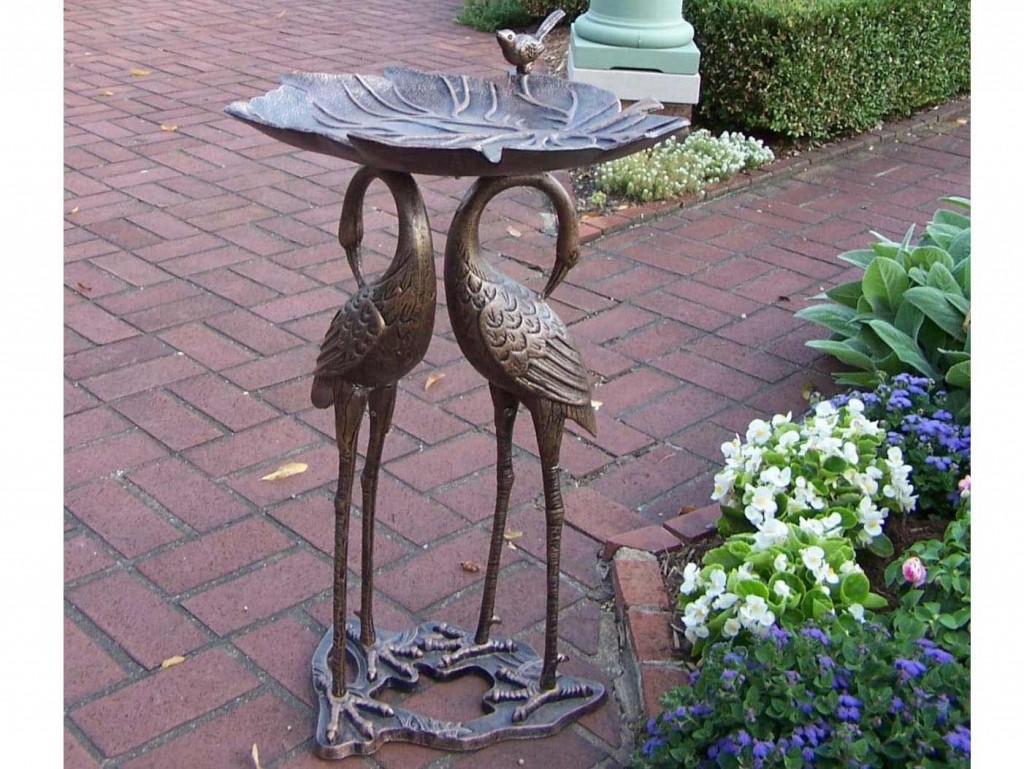Just imagine a world in which we could no longer enjoy apples, celery, peaches, citrus fruits, squash, and many of your other favorite fruits and vegetables. That could very possibly be a reality unless start landscaping with bees in mind. According to the U.S. Department of Agriculture, pollinated crops account for 33% of all human food intake and honeybees are responsible for 80% of the pollination of those crops. We are going to take a closer look at why the honey bee population has been dwindling in recent years and lay out ways that you can help make a difference with bee-friendly landscaping.
Colony Collapse Disorder
The U.S. Department of Agriculture has documented an event that is being referred to as the Colony Collapse Disorder. This disorder, commonly referred to as CCD, happens inexplicably when there is a live queen bee, many immature bees, but no adults or dead bees present in a hive.
Although this has not been defined clearly until 2006, many scientists have documented occurrences of reduced bee population in the past, going as far back as the late 1800s. Although scientists are not completely sure of the cause, they do believe that pests, pathogens, reduced weed presence, and unusually warm weather may attribute to CCD.
Bee Loss in Numbers
The 2006 occurrence had beekeepers across the country and continent losing anywhere from 30% to 90% of all their hives. Even more alarming is that bee pollination is responsible for more than 15 million dollars in crops every year.
According to the U.S. Department of Agriculture, every year between 2006 and 2011 there has been a documented loss of 33% of honeybee population. As the years add up, so do the losses. Back in 1940 we had around 5 million bee colonies in the U.S. Today, that number has been cut in half to just 2.5 million colonies.
Invite Bees into Your Yard
Do you want to make a difference? There are some very easy and inexpensive steps that you can take to invite bees into your yard.
- First and foremost, stop using pesticides and harsh chemicals that are dangerous to bees and their food sources.
- Plant flowers that bees are attracted to, especially those with purple and blue flowers. According to the Mother Nature Network, lavender, clover, oregano, and sage are among their favorites.
- Add a birdbath to your yard so the bees can drink from it.
- Make sure there are hallow trees or bee blocks placed in the yard.
- Plant veggies, making sure that you allow some of them to go to seed so bees can feed off them throughout the winter.
- Plant orange trees, poplars, and other flowering trees around your yard.
- Teach your children about the importance of bees to ensure delicious fruits and veggies for future generations.
Support Local Beekeepers
Bees are also responsible for making honey, which is another huge food source in the U.S. Help support your local beekeepers by purchasing honey that is from your area. This will help the beekeepers reinvest in new hives and help them increase the honey bee population.
About Philip Travers
Twitter •



 WishLists
WishLists
 My Account
My Account






